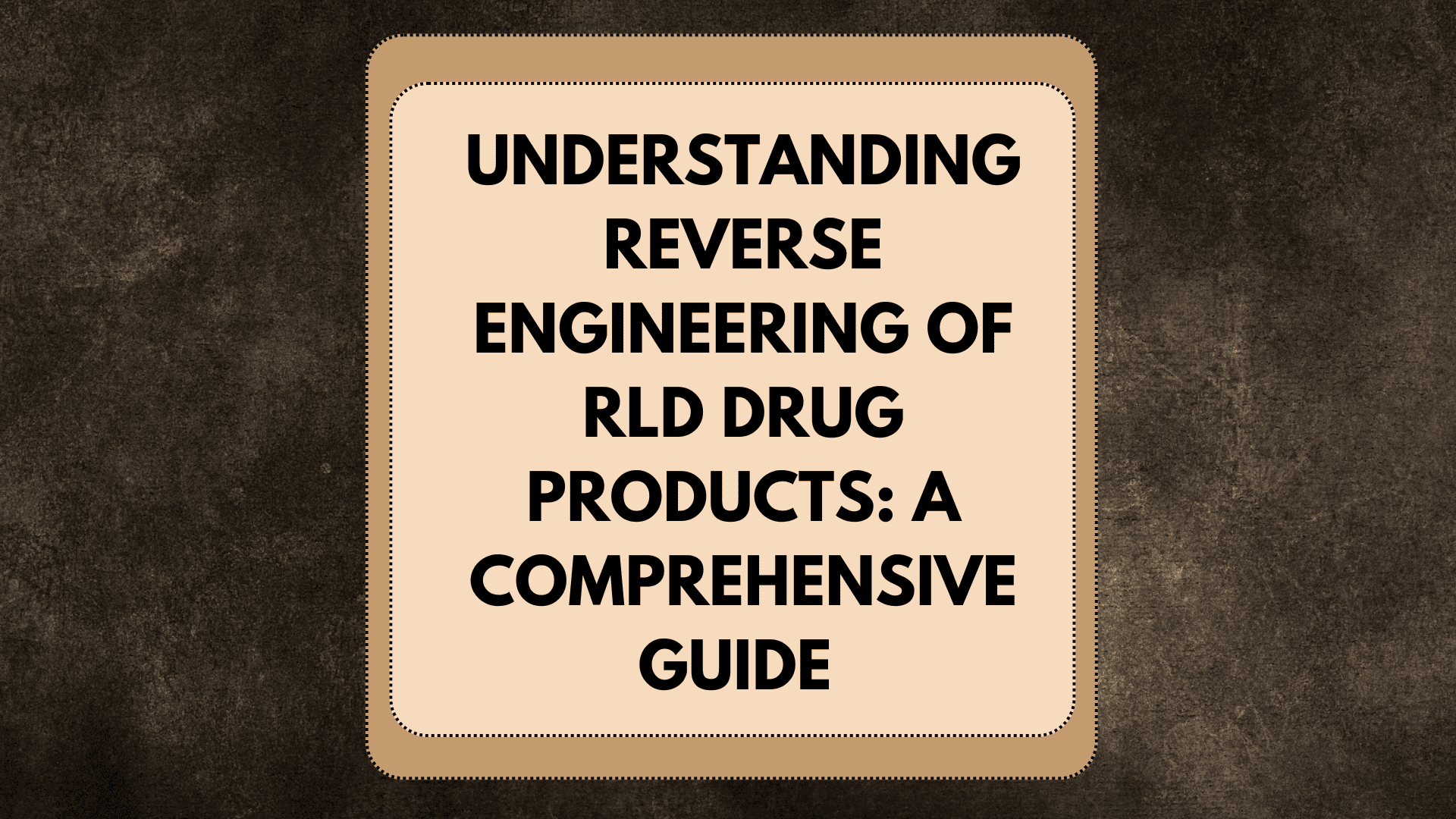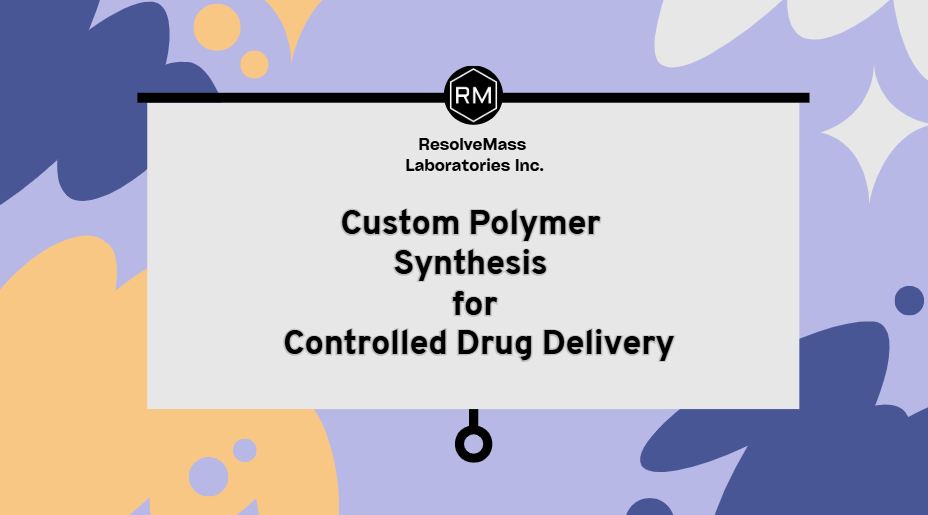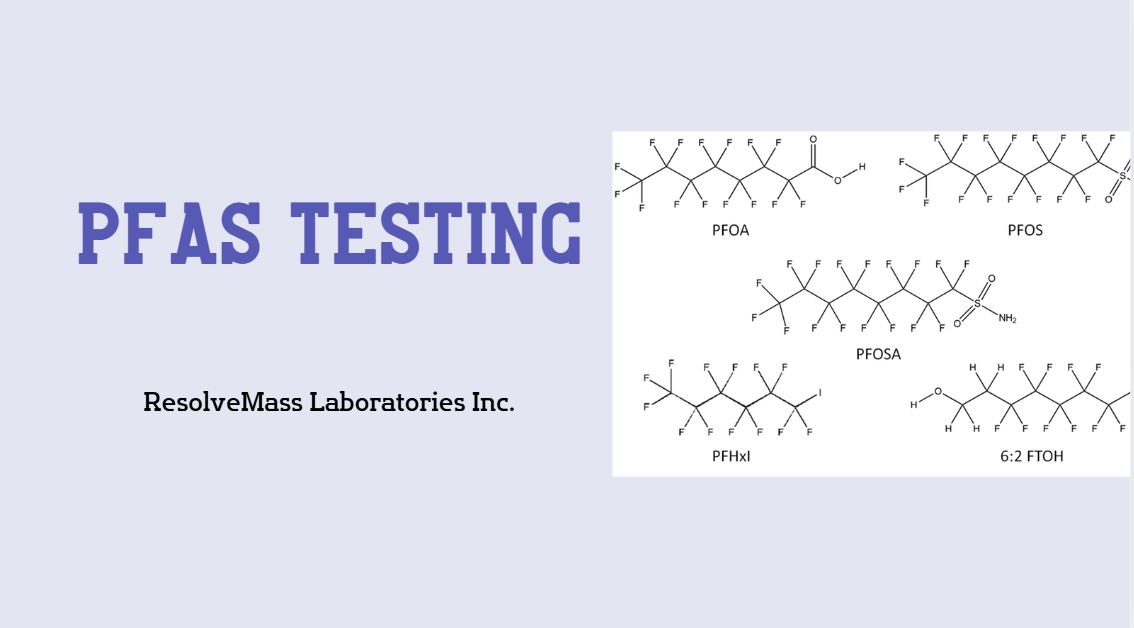Reverse Engineering of RLD Drug Product is an essential practice in pharmaceutical research, allowing scientists to carefully analyze and replicate reference-listed drugs (RLD) with precision. This scientific process helps uncover valuable details about drug ingredients, excipient functions, and manufacturing techniques. ResolveMass Laboratories Inc., a trusted name in analytical and polymer research, offers advanced expertise in this area. With the use of state-of-the-art technology and validated testing methods, ResolveMass supports drug formulation, quality control, and regulatory approval processes, ensuring results that meet global industry standards.
Summary
Reverse engineering provides a complete understanding of drug composition, excipients, and release mechanisms.
Key steps include testing, detailed characterization, and creating equivalent therapeutic formulations.
ResolveMass delivers expert services in polymer analysis, deformulation, and biopolymer engineering.
Strong documentation, accuracy, and compliance are vital for successful results.
FAQs cover legal, technical, and regulatory aspects of RLD drug reverse engineering.
What is Reverse Engineering of RLD Drug Products?
Reverse Engineering of RLD Drug Product refers to the detailed study of a reference-listed drug to identify its components, excipients, and manufacturing process. This enables pharmaceutical companies to create generic versions that are therapeutically equivalent to the branded drug, ensuring the same safety and effectiveness. The process involves breaking down the drug’s physical and chemical profile while meeting strict compliance standards. Learn more about our reverse engineering services.
This approach also highlights key attributes like solubility, stability, and dissolution rate, which are crucial for bioequivalence studies and regulatory submissions.
Importance of Reverse Engineering in Pharmaceutical Industry
The Reverse Engineering of RLD Drug Product is vital for the development of generics, securing regulatory approval, and driving pharmaceutical innovation. By carefully studying RLDs, scientists can replicate their performance at a lower cost and in shorter timelines. It also boosts market competition, helping patients access affordable medicine.
Key benefits include:
- Development of cost-effective generic drugs
- Ensuring therapeutic consistency and bioequivalence
- Strong quality control support
- Identification of unique or proprietary excipients
Beyond cost savings, reverse engineering provides insights into advanced formulations and innovative delivery methods, all while maintaining patient safety.
Steps in Reverse Engineering of RLD Drug Products
Reverse Engineering of RLD Drug Product follows a structured, multi-step scientific approach to decode drug formulation and performance.
| Step | Description |
|---|---|
| Sample Preparation | Collecting and preparing samples under validated laboratory conditions. |
| Physicochemical Analysis | Studying composition, solubility, pH, and stability of the drug. |
| Polymer Characterization | Identifying and measuring polymers and excipients (see polymer deformulation). |
| Spectroscopy & Chromatography | Using HPLC, FTIR, NMR, and MS to build a detailed chemical profile. |
| Formulation Replication | Creating a generic drug with equivalent safety, stability, and performance. |
Every step is crucial in building a clear understanding of the drug. Proper documentation ensures reproducibility and supports smooth regulatory approvals.
Role of Polymer Analysis in Reverse Engineering of RLD Drug Products
Polymers are critical in drug design as they directly affect stability, release rate, and absorption. Thus, Reverse Engineering of RLD Drug Product always includes detailed polymer analysis. Without it, generic drugs may fail to match the original’s performance.
ResolveMass Expertise:
- Polymer reverse engineering in medical devices
- Biopolymer reverse engineering
- Case studies on polymer deformulation
By identifying functional excipients that control release and bioavailability, polymer analysis ensures safe and effective replication.
Advanced Analytical Techniques Used
Reverse Engineering of RLD Drug Product requires the use of precise analytical methods that detect even the smallest formulation details. These tools guarantee accuracy and compliance.
Common techniques include:
- HPLC and UPLC for detailed separation
- Mass Spectrometry for molecular structure identification
- FTIR and NMR for structural insights
- Thermal Analysis for stability checks
- Microscopy & Imaging for particle study
Learn more about our deformulation analysis service.
Using multiple tools together provides a complete view of drug structure and performance.
Compliance and Regulatory Considerations
Global authorities like the FDA, EMA, and Health Canada set strict guidelines for Reverse Engineering of RLD Drug Product. Compliance involves validated testing, traceable documentation, and reproducibility of results.
Best practices include:
- Maintaining transparent and traceable records
- Using validated and accurate test methods
- Conducting bioequivalence and stability studies
- Regular calibration of lab instruments
Adhering to these standards accelerates generic approvals while ensuring patient safety.
Advantages of Outsourcing Reverse Engineering Services
Partnering with experts like ResolveMass Laboratories brings significant benefits to pharmaceutical companies. By outsourcing Reverse Engineering of RLD Drug Product, companies gain access to cutting-edge technology, experienced scientists, and regulatory-ready documentation.
Key advantages include:
- Access to high-end laboratory instruments
- Expert polymer and biopolymer analysis
- Lower R&D costs and faster results
- Full regulatory support
Explore our reverse engineering study services.
This approach minimizes risks and helps companies focus on market launch and patient access.
Challenges in Reverse Engineering of RLD Drug Products
While valuable, Reverse Engineering of RLD Drug Product comes with hurdles. Complex formulations and undisclosed excipients make replication challenging. Proprietary polymer blends, in particular, demand advanced expertise.
Common challenges include:
- Detecting hidden or unique excipients
- Matching complex polymer structures
- Achieving strict bioequivalence standards
- Navigating intellectual property considerations
Overcoming these barriers requires advanced analysis, experienced professionals, and innovative problem-solving.
How ResolveMass Laboratories Excels in Reverse Engineering
ResolveMass Laboratories Inc. is recognized globally for its scientific excellence and advanced technologies. Their team specializes in complete reverse engineering services, providing reliable and compliant solutions for pharmaceutical partners.
Our strengths:
- Experienced pharmaceutical scientists
- Polymer and biopolymer specialization
- Comprehensive deformulation services
- Case studies proving success
By blending technology with regulatory knowledge, ResolveMass ensures high-quality, reproducible outcomes for generic development.
Conclusion
Reverse Engineering of RLD Drug Product is a crucial step in generic drug development, ensuring safety, quality, and therapeutic equivalence. ResolveMass Laboratories Inc. stands out with its scientific expertise, advanced technology, and regulatory experience. With proven success in polymer and biopolymer reverse engineering, ResolveMass continues to support global pharmaceutical innovation and generic manufacturing.
Contact us: ResolveMass Contact Page
FAQs on Reverse Engineering of RLD Drug Products
The main purpose of reverse engineering RLD drugs is to study the formulation in detail and identify all active ingredients and excipients. This helps pharmaceutical companies develop generic drugs that are equally effective and safe as the original product. It ensures patients receive the same therapeutic benefits without compromising on quality.
Yes, advanced analytical tools such as mass spectrometry, NMR, and chromatography can help identify hidden or proprietary excipients. While some excipients may not be directly revealed, these methods allow researchers to detect their characteristics and roles in the formulation. This ensures that the generic version closely matches the original.
Reverse engineering is legal when conducted for the development of generic drugs under proper regulatory frameworks. It must respect intellectual property laws, meaning companies cannot copy patents but can replicate the drug’s therapeutic equivalence. When done responsibly, it supports affordable healthcare and wider patient access.
Polymer analysis is vital because polymers control how a drug is released, absorbed, and stabilized in the body. By studying polymers in detail, scientists can match the performance of the reference drug in generic formulations. This ensures that the medicine is effective, consistent, and safe for patient use.
Yes, reverse engineering not only replicates existing formulations but also enhances scientific knowledge about drug components. It helps researchers understand excipient interactions, release mechanisms, and stability factors. This deeper insight can even lead to the development of improved or optimized formulations.
Outsourcing reverse engineering services allows pharmaceutical companies to access specialized expertise and advanced equipment without heavy investment. It reduces project costs, saves time, and ensures regulatory-compliant results. By relying on experts, companies can focus more on product development and faster market entry.
References
- Kathpalia, H., Aiyer, M., Mondkar, T., & Dali, P. (2025). Generic product development and reverse engineering of reference-listed drug product. International Journal of Drug Delivery Technology, 15(1), 351–358. https://doi.org/10.25258/ijddt.15.1.48
- Venkatesh, A., Kaushik, A., Tammannavar, V., & Kathpalia, H. (2025). Analytical techniques for reverse engineering of reference products for the development of generic oral solid dosage forms. International Journal of Pharmaceutical Sciences and Drug Research, 17(1), 74–82. https://doi.org/10.25004/IJPSDR.2025.170111
- Rathore, C., Patel, K., Gajjar, K., & Patel, K. (2022). An overview of abuse-deterrent formulations: Approaches and challenges. Journal of Young Pharmacists, 14(3), 255–263. https://doi.org/10.5530/jyp.2022.14.38
- Kowtharapu, L. P., Katari, N. K., Sandoval, C. A., Konduru, N., Muchakayala, S. K., Pydimarry, S. P. R., & Jonnalagadda, S. B. (2023). Regulatory perspective reverse engineering analysis of the mast cell stabilizer and the histamine receptor antagonist (Olopatadine HCl): Instrumental and classical methods for multiple formulations. ACS Omega, 8(24), 21485–21492. https://doi.org/10.1021/acsomega.3c00311


